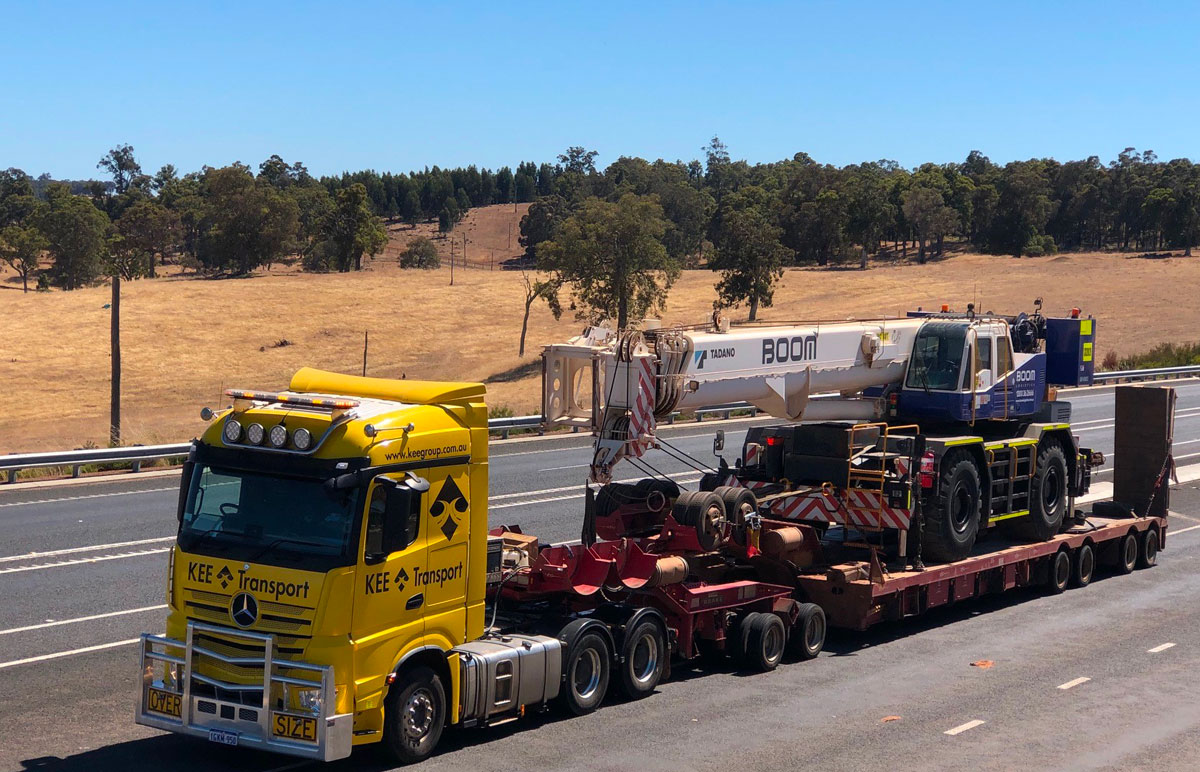
Choosing the Right Telescopic Boom Lift Height
In most modern construction projects and high-rise buildings, there’s one piece of equipment that’s been increasing in popularity and use. Telescopic boom lifts, also called straight mast boom lifts, are great tools for a variety of different tasks, which makes them a preferred piece of project equipment by many contractors and landscapers.
However, not all telescopic boom lifts are created equal. If you’re working on a project, the right telescopic boom lift height is essential for the safety and efficiency of your workers. But how can you choose the right boom lift height and specifications for a project? The following are some factors you should consider in the selection process:
Determine the Weight Capacity
Make sure the telescopic boom lift you choose can support enough weight for the task at hand. Whether it needs to carry one or two people, or maybe a couple of pieces of heavy equipment or materials, your telescopic boom weight should be steady and sturdy enough to carry the load.
You should also think about the weight of a fully-loaded machine. If your equipment becomes too heavy, it could get stuck or damage the concrete or flooring. If you’re working on a project that requires you to have different weight capacities for your equipment, renting out may be a better option. That way, you can just hire equipment that has the proper specifications you need on a particular project. By renting instead of buying, you can also avoid paying for maintenance or storing large equipment that you’re not currently using.
Calculating the Boom Lift Height and Range
Telescopic boom lifts extend a straight, unjointed lifting arm and provide easy access to aerial working locations both vertically and horizontally. They have an even greater reach than an articulated boom lift, with the largest models reaching heights of up to 19 stories.
Now, to calculate the exact height and range that you need for a project, you need to use an ultrasonic distance meter. The smallest models are 40 feet tall, while the largest telescopic boom lifts can go as high as 180 feet tall. If you’re aiming for a 40-foot machine, it typically has a maximum range or horizontal reach of about 34 feet, while a 120-foot machine has a range of more or less 75 feet. Based on those measurements, you can determine just what kind of telescopic boom lift you need for your project.
Assessing the Size of the Platform
When loading equipment or materials on a telescopic boom lift, it’s recommended that you avoid putting anything larger than its platform, even if the load is relatively light. That’s why it’s important to choose a boom lift with a platform big enough to fit all the items you need on it. For example, a 120-foot lift will have a platform measuring 96 inches long and 36 inches wide.
Wider platforms generally have lower weight capacities because they’re heavier. The shape also affects the telescopic boom lift’s centre of gravity, so make sure you choose the right size and shape of the platform.
Conclusion
When it comes to working on stable platforms at great heights, telescopic boom lifts are the best. However, to make sure they work and function properly, you need to find the right specifications to serve your needs. This guide should help you get an idea of how to choose the right telescopic boom lift for the completion of your project.
KEE Group is a multi-faceted company offering civil support services with an exceptional track record. Our equipment hiring division travels around the world to source the most technologically advanced machinery and equipment. If you ever need construction or mining equipment for hire, or maybe you need a hand with transporting your boom lift, we are the company of choice. Contact us today to get started!


